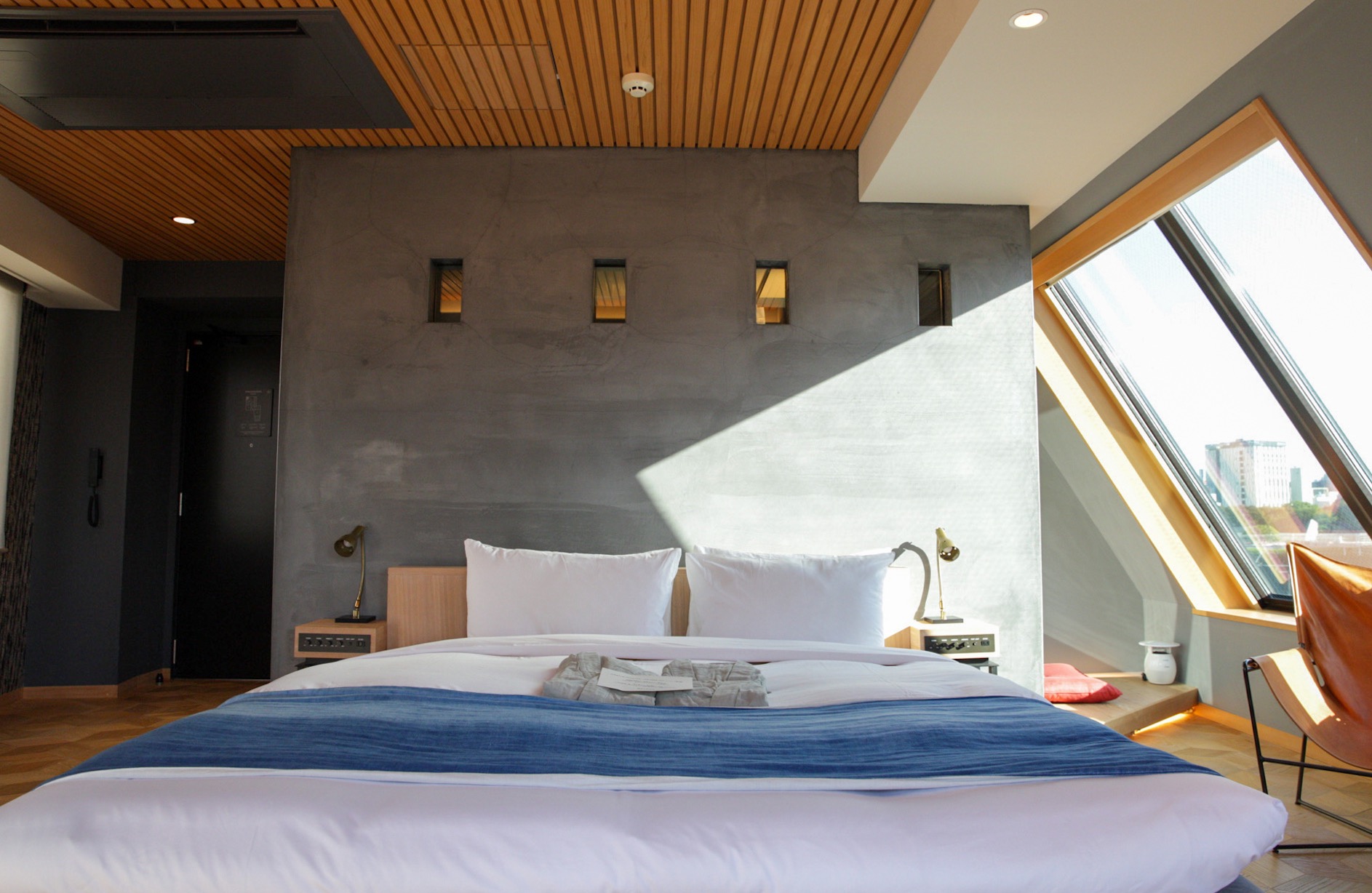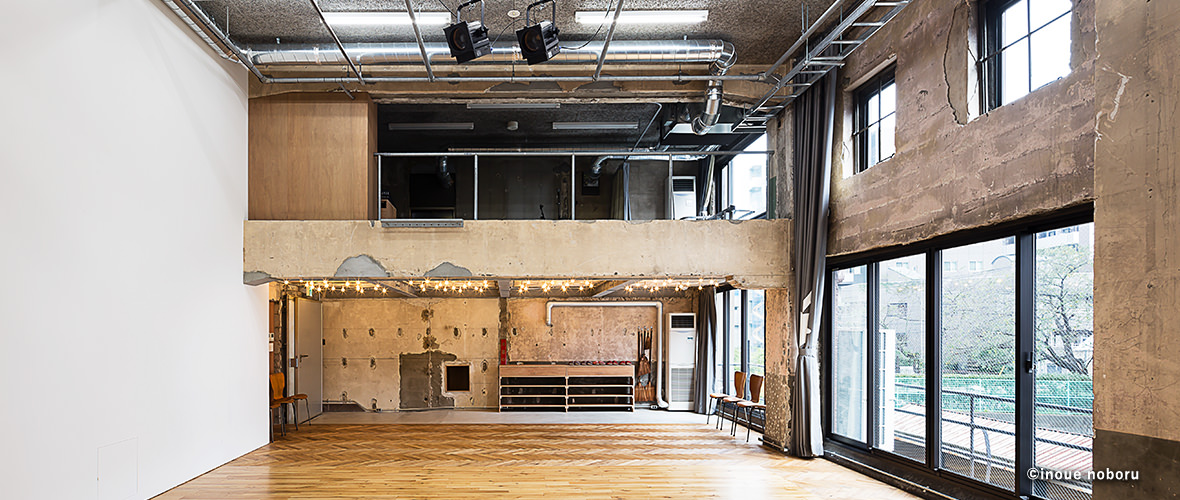

There are traditional ryokan (guest-houses) and small-scale apartment buildings throughout the district. In a city where there are very few buildings older than 50 years because of the wartime bombing, Asakusa has a greater concentration of buildings from the 1950s and 1960s than most other areas in Tokyo do. Asakusa is also known for spices such as shichimi and sanshō. The Suzuhiro store serves local craft beer with traditional kamaboko. Another special treat is chikuwa kamaboko, grilled fish cakes. One of the most popular treats is satsuma imo, sweet potatoes. Ukiyo-e woodblock print by Yōshū Chikanobu, 1888 Temple in AsakusaĪsakusa has many restaurants and places to try traditional Japanese foods. As the name suggests, the area has a more traditionally Japanese atmosphere than some other neighborhoods in Tokyo do.įood and drink Two geisha relaxing after having entertained the insets showing the curfew bell at Asakusa. It is central to the area colloquially referred to as Shitamachi, which literally means "low city," referring to the low elevation of this old part of Tokyo, on the banks of the Sumida River. The former ward encompassed 19 neighborhoods in the eastern half of Taitō.Īsakusa is on the north-east fringe of central Tokyo, at the eastern end of the Tokyo Metro Ginza Line subway, approximately one mile east of the major Ueno railway/subway interchange. In 1947, when the city was transformed into a metropolis, it was merged with Shitaya to form the modern Taito ward.

The area was rebuilt after the war, but has now been surpassed by Shinjuku and other colorful areas in the city, in its role as a pleasure district.Īsakusa was a ward of Tokyo City. The area was heavily damaged by US bombing raids during World War II, particularly the 10 March 1945 firebombing of Tokyo. The golden years of Asakusa are vividly portrayed in Yasunari Kawabata's novel The Scarlet Gang of Asakusa (1930). The rokku or "Sixth District" was in particular famous as a theater district, featuring famous cinemas such as the Denkikan. Through such trading, many fudasashi came to have a considerable amount of disposable income and as result theaters and geisha houses began to spring up in nearby Asakusa.įor most of the 20th century, Asakusa remained a major entertainment district in Tokyo. The keepers ( fudasashi) of these storage houses initially stored the rice for a small fee, but over the years began exchanging the rice for money or selling it to local shopkeepers at a margin. Kuramae was a district of storehouses for rice, which was then used as payment for servants of the feudal government. The development of Asakusa as an entertainment district during the Edo period came about in part because of the neighboring district, Kuramae. History Asakusa rokku-chome was once the biggest theater district in Edo. There are several other temples in Asakusa, as well as various festivals, such as the Sanja Matsuri. It is known as the location of the Sensō-ji, a Buddhist temple dedicated to the bodhisattva Kannon.

Please help improve this article by adding citations to reliable sources. This article needs additional citations for verification.


 0 kommentar(er)
0 kommentar(er)
